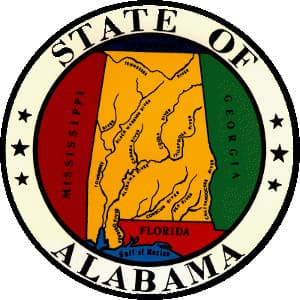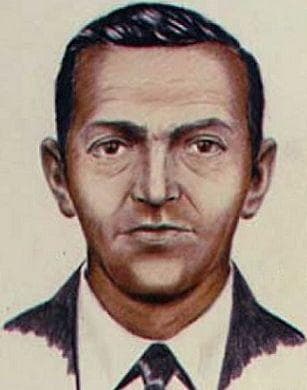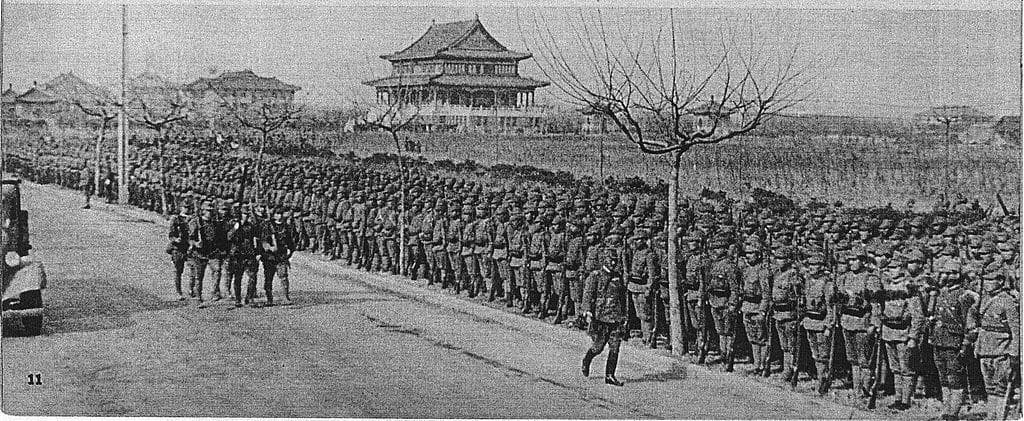-
(#8) Marsy's Law
The Victim's Story:
Marsalee Nicholas and Kerry Conley had dated for several years before 21 year old Nicholas ended things in November 1983. Nicholas and Conley were not only in a relationship, but they were neighbors in the Point Dume community of Malibu, California. On November 30, 1983, Conley allegedly lured Nicholas to his home before shooting her in the head with a shotgun. Nicholas was pronounced dead at the hospital and Conley was arrested.
A few days later, Nicholas's parents entered the local grocery store and came face-to-face with Conley, who had been released on bail without the victim's parents being made aware.
What The Law Does:
Marsy's Law - passed in 2008 in California - requires states to keep victim's families informed about the court proceedings and bail arrangements of the accused. In the case of murder, victim's families must be notified if the suspected murderer is released from police custody. It also allows the victim's families to be heard in court proceedings. Other minutiae of the law provide rights to victim's families allowing them to refuse to provide information or evidence to defense attorneys and avoid hearings.
-
(#9) Jennifer's Law
The Victim's Story:
Jennifer Crecente was a high school senior in Austin, TX in 2006 when she was shot by her ex-boyfriend, Justin Crabbe, and left to die in the woods. The pair had dated for more than two years, breaking up and getting back together, before Crabbe murdered Crecente. According to Crecente's mother, "It was a troubled relationship. It could be fairly volatile."
Crecente's parents attempted to obtain a diploma from their daughter's high school, but the school refused.
What The Law Does:
Passed in Texas in 2007, Jennifer's Law allows parents to receive their deceased child's diploma if the student was enrolled as a high school senior, on-track to graduate at the time of their death, and had not been convicted of any felonies.
-
(#5) The Matthew Shepard Act
The Victim's Story:
Matthew Shepard was a 21 year old, openly gay man attending college at the University of Wyoming in 1998. While hanging out in a bar on the night of October 6 and through the early hours of October 7, 1998, Russell Henderson and Aaron McKinney approached Shepard. The three men talked and then Shepard willingly left with the pair in McKinney's father's truck.
McKinney and Henderson drove Shepard to an isolated spot where they pistol whipped his skull, kicked him in the genitalia, tied him to a split rail fence, and left him to die. Shepard was discovered 15 to 18 hours later by a cyclist and then taken to a hospital where he died from his injuries after four or five days.
McKinney and Henderson were both sentenced to two consecutive life sentences in prison.
What The Law Does:
Suspecting Shepard's assault was a hate crime based on his sexual orientation, the Matthew Shepard Act was signed into law by President Barack Obama on October 28, 2009. The law provides monetary and educational resources to law enforcement agencies for the investigation and prosecution of hate crimes. It also makes it illegal to attempt or cause harm, injury, or death to individuals under one of six protected classes.
-
(#15) Megan's Law
The Victim's Story:
Megan Kanka was 7 years old and living with her parents in New Jersey when neighbor Jesse Timmendequas approached her on July 29, 1994 with promises of showing her the puppy in his house. Timmendequas was a twice-convicted sex offender that sexually assaulted and murdered Kanka before leaving her body to be found in Mercer County Park the next day.
What The Law Does:
Megan's Law was added to the existing Jacob Wetterling Crimes Against Children Act by President Bill Clinton on May, 17, 1996. It requires states to notify residents in a neighborhood if a convicted sex offender moves in nearby. Some states provide a database that can be accessed to determine if any sex offenders are living in close proximity while others actively send notices to residents.
-
(#1) Kari's Law
The Victim's Story:
In a Marshall, Texas, motel room on December 1, 2013, Kari Dunn took her three children to see her estranged husband, Brad. Kari had begun the process of ending the 10 year marriage and was already seeing someone new two weeks earlier. The separated couple went into the motel bathroom to talk, but Brad instead pulled out a knife and stabbed Kari 21 times while their nine year old daughter struggled to call 911.
The motel phone required users to dial a nine before the phone number, so the young girl was unable to summon police to the scene of her mother's murder.
What The Law Does:
First enacted in Texas and then signed into federal law by President Donald Trump in February 2018, Kari's Law makes it mandatory for multi-line telephone systems to have a way to call 911 that bypasses any normally required codes prior to dialing.
-
(#2) Lauren's Law
The Victim's Story:
Illinois high school senior Lauren Laman was 18 years old when she collapsed during drill team practice in February 2008. A heart condition called mitral valve prolapse that caused one of her heart valves to improperly close at times contributed to the sudden cardiac arrest that led to her death. It took 13 minutes for medical personnel to arrive and take Laman to the emergency room of the nearest hospital.
Laman's father, George, believed that the presence of someone who could have performed CPR or administered a shock to his daughter's heart with an automated external fibrillator would have saved her life.
What The Law Does:
Passed in the Illinois General Assembly in June 2014, the act requires schools properly train and educate students and faculty in the use of CPR and automated external defibrillators in the course of regular curriculum. Students without parental approval are excused from the requirement.
New Random Displays Display All By Ranking
About This Tool
In the past 30 years, the Victim Rights Movement has expanded the role of victims in the US criminal justice system. Many US laws are named after the victims of the criminal cases, that is passed to commemorate the victim. For example, the Megan Act. After the incident, people who concerned about the safety of children urged the US Congress to pass relevant laws requiring that the status of criminals with sexual violence be disclosed. It was eventually promoted to all states in the United States and was confirmed by the Federal Supreme Court.
It seems that the laws named after victims' names will have a deeper meaning and influence on the public. The random tool tells stories and explanations of 20 US laws that were named after victims.
Our data comes from Ranker, If you want to participate in the ranking of items displayed on this page, please click here.















